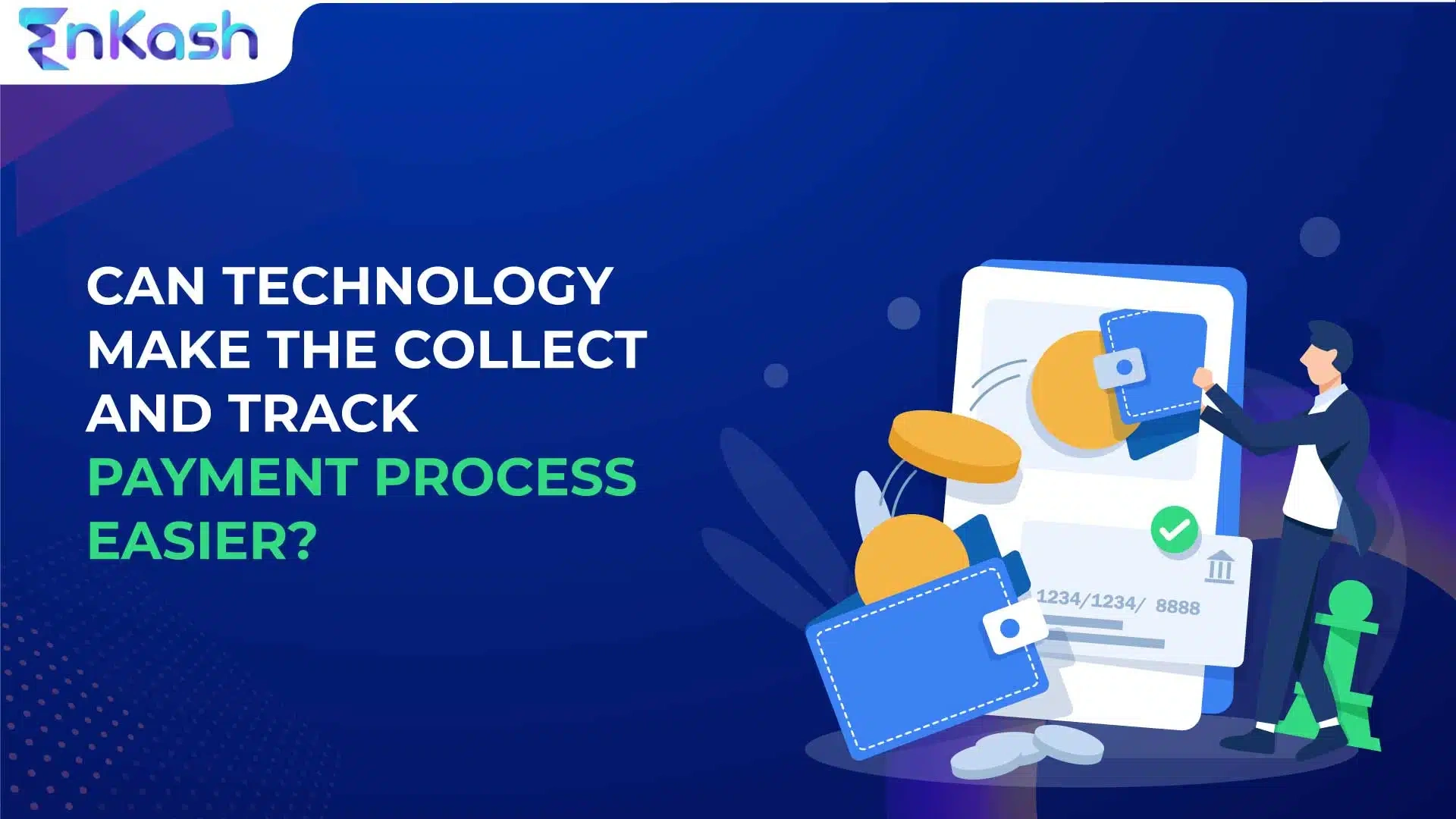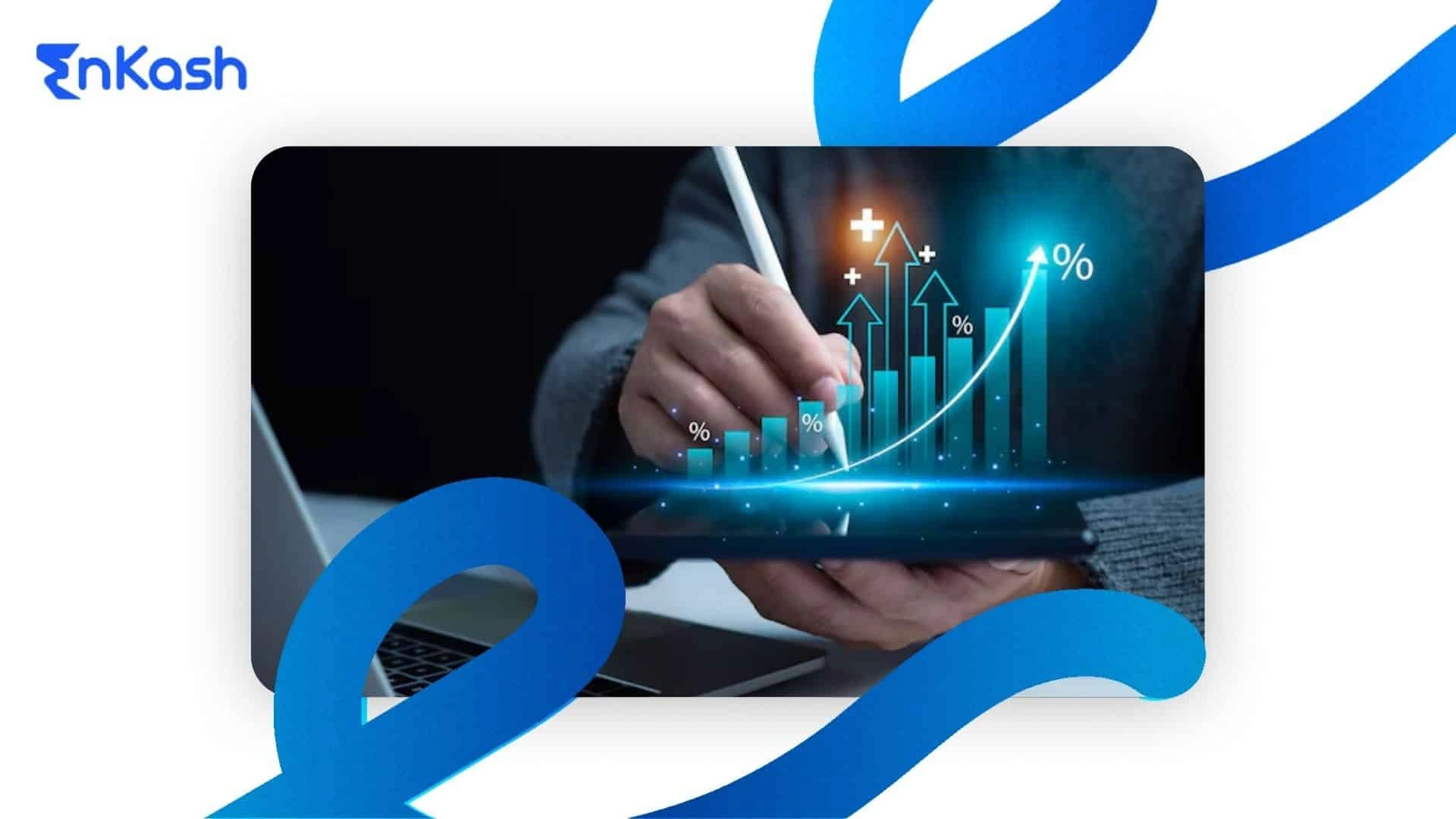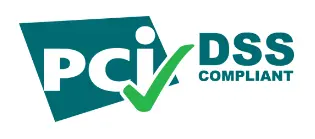If you are part of the finance team in a startup, you know that collections are probably the lifeblood of the company apart from being the toughest function. Thankfully today we have the means to ease the collect and track process due to technology.
Let’s start by looking at what the collection process looks like, the definition of track and collect, and at what points technology helps.
Where does the collection process start?
As a business in today’s competitive world that supplies products or services to other businesses, it is imperative to offer some credit terms. This means it starts when your sales team closes a deal with another company, and then the terms of the sale are discussed, which include the quantity, specifications, frequency, and payment terms.
In many businesses, the finance and sales teams work together to determine whether they can offer delayed payment terms to the buyers so that they can offer attractive terms. Post this stage, the sales team has less involvement and it is upon the production team to deliver the goods and the collections team to collect the amounts due. Once the goods are delivered, the proof of delivery and the order details are handed to the finance team.
The finance team then creates invoices and transmits them to the customers a few days before the due date. This is followed up by another invoice on the due date. If the payment is made, then the finance team tracks the payment details and marks the customer’s records with the details. If the customer has not paid, then the finance team follows up with further collection requests, calls, and finally legal recourse. It is important not only to do timely corporate payment collection from customers but also to trace the amount to the right account for several reasons. These include
- Collect and track helps decide whether to continue selling to customers on credit or stop future transactions
- Updated collections ensure that your team does not waste collection efforts on customers who have already paid
- Your team can help improve the overall customer experience by ensuring that the collections are tracked properly and avoiding unnecessary reminders
- Collecting on time and tracking the amounts to the customer accounts helps you plan your cash flow better
How does technology help with the collect and track aspect?
The scenario described above sounds simplistic but becomes complicated when you are dealing with a multitude of customer accounts, numerous transactions, and repeat orders in a running business. Thankfully, technology has made it easier to complete the accounts receivable with minimal errors and manual effort.
Let’s look at how technology helps in the various steps involved in the collect and track process:
Onboarding and evaluating customers’ creditworthiness
Once the sales team closes the deal, the finance team takes over the customer onboarding with the requisite KYC details and financial statements. With technology, the onboarding process becomes quicker and easier to verify to determine the credit terms of the sale. Customers have the choice to upload verified documents and the finance team can access financial records online to quickly assess the customer’s creditworthiness and decide on the credit sales terms.
Set up ledger accounts with transaction details
Once the onboarding process is completed, the finance team usually creates a ledger account, which is then used as a single source of truth for all departments. This includes the production unit, the logistics department, and so on. As time passes and further transactions take place, the ledger is updated automatically. This entire process can be digitized and entries will be updated automatically to ensure that all information is up-to-date.
Track goods sent, and file the ‘Goods Received’ document
Once the order to the customer is fulfilled, the transportation department gets a sign-off on the receipt of the goods to ensure that the customer is happy with the quantity and quality sent. In case there are discrepancies, the customer can make a note of it and add comments to the document at the time. This entire process can be done using technology so that the document is updated in real time.
Create virtual accounts for different customers
Using the various details shared at the onboarding stage, your accounts department can use technology to create virtual accounts for your customers. This, in turn, helps in the automated reconciliation of accounts at the time of payments. It becomes easier to track if the complete payment has been made or if there are any discrepancies.
Make and send invoices with payment links embedded
With the use of technology, invoice processing software with all the details (like the goods or services delivered, pricing, quantity, and quality parameters)can be created with a few clicks and sent on time. What is more, you can also embed a payment link that will enable the customer to make payment with ease. If you are wondering how to track your customer’s UTR number, then the payment link will make it easier.
Send reminders with payment links for easy payment
Sometimes the right person at your customer’s business may have not received the invoice or simply forgotten about it. Technology enables you to send reminders at preset timings and ensures that you can keep following up. With technology, it is also feasible to embed a payment link to help the customer make electronic payments on time.
Track the payments received and tally against customer accounts
Often finance team will tell you that is a nightmare to track payments that you get from customers against the order number and reconcile the numbers. With technology, this step becomes quicker and foolproof, and not only that, but you can also generate reports and cashflow analytics to help you understand the cash flow requirements.
Decide on whether to continue giving credit and how much
Payment history is important to determine whether to continue selling to the customer on credit or not. Technology helps you identify which of your customers is a habitual defaulter or late payer, you can impose stringent conditions when selling to them.
Alternatively, decide on the next steps if the customer does not pay
Another aspect that technology helps you is also to make the decision on whether or not you want to take legal action against the customer in question. You can set rules in your platform to let you know when there are more than a certain number of defaults that occur with a particular customer account and take the next steps accordingly.
At EnKash, we help our up-and-coming customers deal with the collect and track process by enabling various aspects like virtual accounts, payment links, quick collect, bulk collect, and much more.














